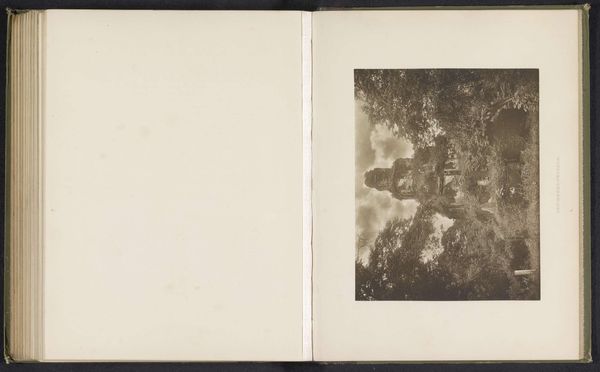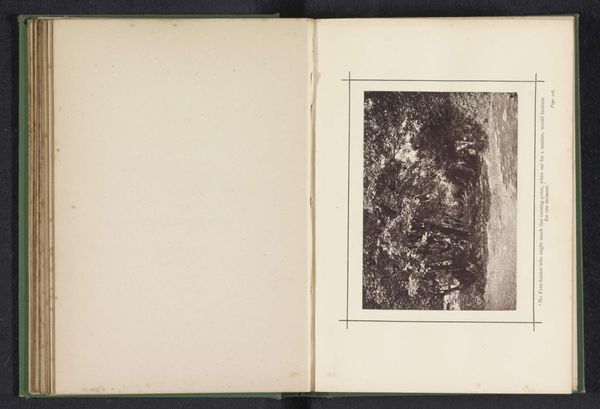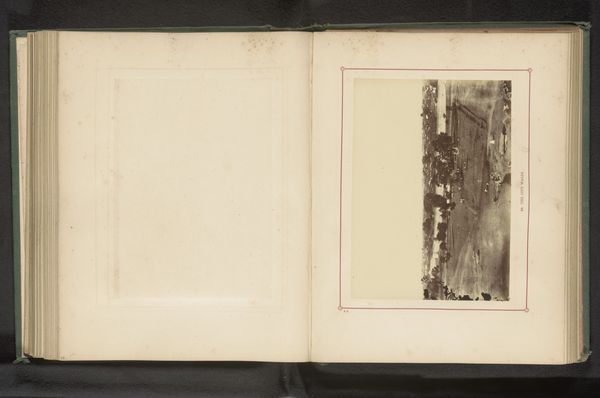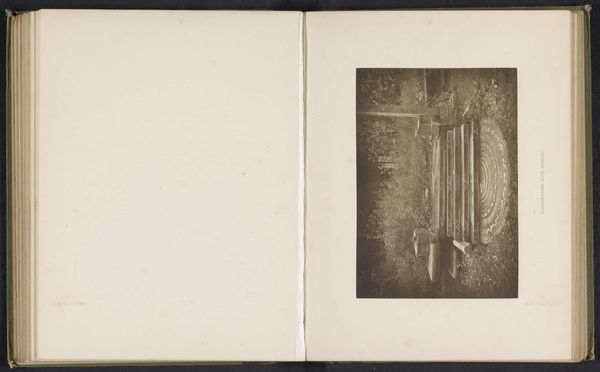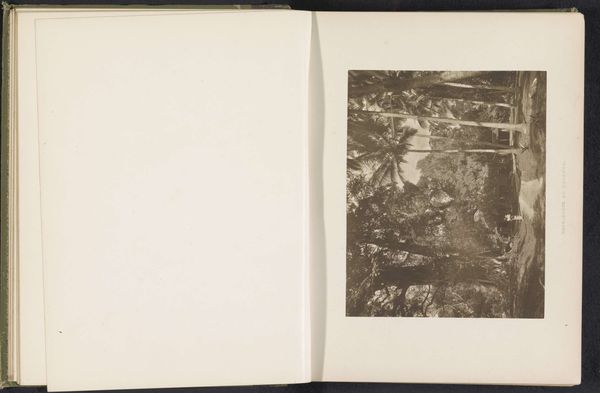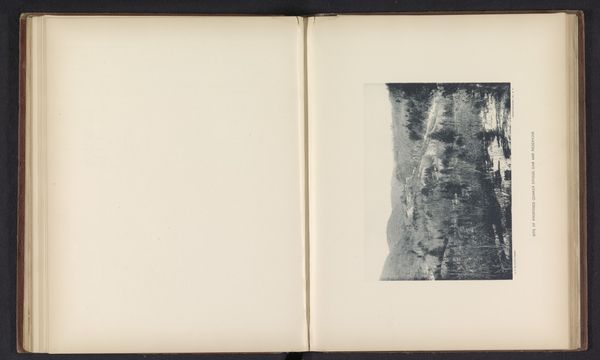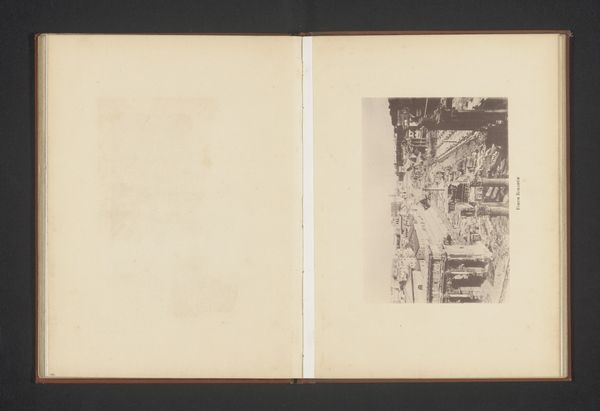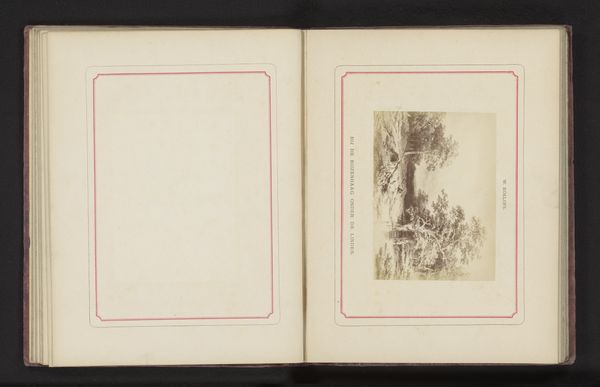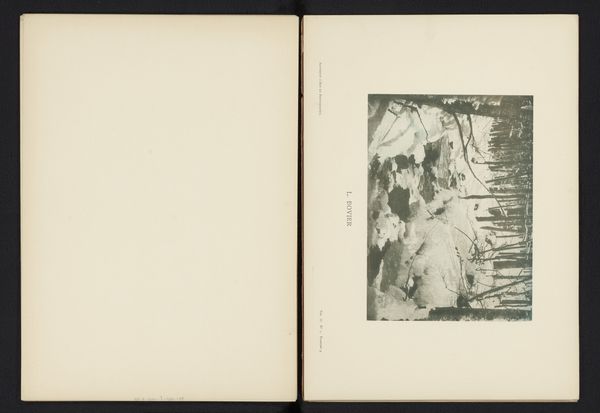
print, paper, photography, albumen-print
#
pictorialism
#
ink paper printed
# print
#
landscape
#
paper
#
photography
#
orientalism
#
albumen-print
Dimensions: height 96 mm, width 146 mm
Copyright: Rijks Museum: Open Domain
Curator: Let's consider "The route for Polonnaruwa," an albumen print photograph created by Henry William Cave around 1896. It is part of a larger movement rooted in Pictorialism, yet possesses unmistakable undertones of Orientalism. What strikes you initially about the piece? Editor: My immediate impression is of journey, of transition. The sepia tones give the photograph a sense of timelessness, while the subjects themselves seem poised between two worlds, or perhaps, on the brink of some discovery. Curator: The artist, H. W. Cave, spent many years in Ceylon—modern day Sri Lanka—and photographed various facets of life. There’s a dynamic present in how "picturesque" imagery from Cave helped inform and even solidify the Orientalist stereotype, through dissemination in postcards and other printed material, with impact lasting to this day. What do you make of the cultural symbols embedded here? Editor: Consider the road itself: a pathway represents not only physical movement but also the metaphorical journey of life, connecting the known to the unknown, guiding one forward. The people on that road carry bundled goods, symbolic perhaps, of burden, trade, sustenance or some combination thereof. I’d further speculate that the figure prominently holding what appears to be a walking stick or some kind of pole would represent leadership and purpose in the procession. Curator: Exactly. Cave often documented colonial infrastructure alongside locals—a clear power dynamic visually reinforced. These photographs, while ostensibly presenting “objective” views, undeniably reflect the sociopolitical context in which they were produced. By choosing his subject matter—the people who walked the "route"—Cave essentially ratified their status, creating a specific narrative that often reinforced prevailing colonial attitudes of the era. Editor: It underscores how art is inextricably linked to broader cultural narratives and historical contingencies. When seen from the viewpoint of intersectional analyses it encourages conversations about its contemporary relevance. Curator: Yes, a reminder that our interpretations are invariably colored by the lens of the present. Editor: A path for both literal passage, and visual symbolism. Curator: I think our dialogue sheds light on some compelling perspectives within this one frame.
Comments
No comments
Be the first to comment and join the conversation on the ultimate creative platform.


